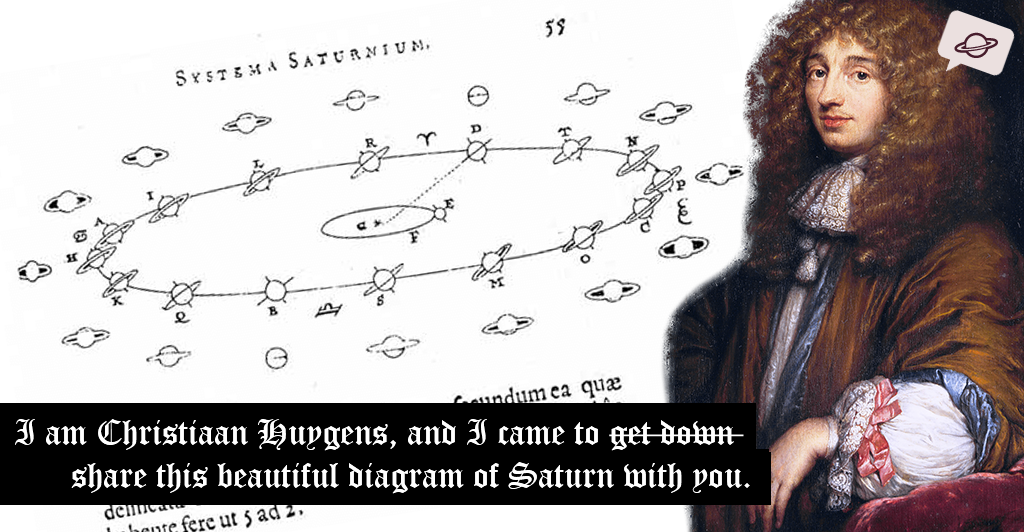December solstice coincides with a “Great Conjunction” (aka alignment/syzygy) of Jupiter and Saturn. Tomorrow (December 21st) the two planets will be less than a tenth of a degree apart: so close together that they both can be covered by the tip of your pinky finger at an arm’s length away.
Considering just how big the sky is, a tenth of a degree is especially close. It takes 24 hours for the Earth to rotate a full 360°, and one hour to rotate 15°. This is essentially the “speed” of the sky turning. Angular distances can in effect also be treated as time measurements.
Using time to measure celestial positions dates back as far as Babylonian astronomy. So spacetime has been a concept since at least then! Nowadays, we still refer to distances between objects in terms of hours, minutes, and seconds of arc.
At the peak of the upcoming Great Conjunction, Jupiter and Saturn will be just 6 minutes away from each other in the sky.

Systema Saturnium, Christiaan Huygens (1659).
Conjunctions like this happen whenever Saturn “overtakes” Jupiter in its orbit, which is every ~19.859 years. This time around will be the closest they’ve been visually since 1623. The planets will be very easy to spot with the naked eye during evening twilight. We’ve really enjoyed spotting Jupiter, Saturn and Mars on clear evenings since mid-summer, as they tend to be the first things visible in the evening sky here in Oakland.
The eclipse last week followed by tomorrow’s conjunction seem like a fitting way to cap off a year unlike any in our lifetimes.
— Heather and Andrew
